Effects of "second-hand" smoke on structure and function of fibroblasts, cells that are critical for tissue repair and remodeling
- PMID: 15066202
- PMCID: PMC400727
- DOI: 10.1186/1471-2121-5-13
Effects of "second-hand" smoke on structure and function of fibroblasts, cells that are critical for tissue repair and remodeling
Abstract
Background: It is known that "second-hand" cigarette smoke leads to abnormal tissue repair and remodelling but the cellular mechanisms involved in these adverse effects are not well understood. Fibroblasts play a major role in repair and remodelling. They orchestrate these processes by proliferating, migrating, and secreting proteins such as, cytokines, growth factors and extracellular matrix molecules. Therefore, we focus our studies on the effects of "second-hand" cigarette smoke on the structure and function of these cells.
Results: We used sidestream whole (SSW) smoke, a major component of "second-hand" smoke, primary embryonic fibroblasts, cells that behave very much like wound fibroblasts, and a variety of cellular and molecular approaches. We show that doses of smoke similar to those found in tissues cause cytoskeletal changes in the fibroblasts that may lead to a decrease in cell migration. In addition, we also show that these levels of cigarette smoke stimulate an increase in cell survival that is reflected in an increase and/or activation of stress/survival proteins such as cIL-8, grp78, PKB/Akt, p53, and p21. We further show that SSW affects the endomembrane system and that this effect is also accomplished by nicotine alone.
Conclusions: Taken together, our results suggest that: (i) SSW may delay wound repair because of the inability of the fibroblasts to migrate into the wounded area, leading to an accumulation of these cells at the edge of the wound, thus preventing the formation of the healing tissue; (ii) the increase in cell survival coupled to the decrease in cell migration can lead to a build-up of connective tissue, thereby causing fibrosis and excess scarring.
Figures

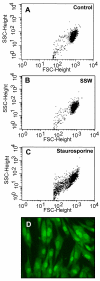



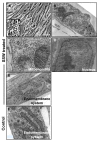
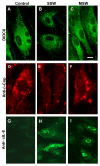
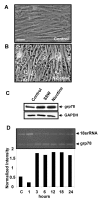
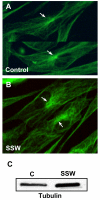
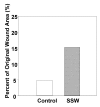
References
-
- EPA Respiratory Health Effects of Passive Smoking: Lung Cancer and Other Disorders. 1992. pp. 3.1–3.1.
-
- Lofroth G. Environmental tobacco smoke: overview of chemical composition and genotoxic components. Mutat Res. 1989;222:73–80. - PubMed
-
- Frick WG, Seals R. R., Jr. Smoking and wound healing: a review. Tex Dent J. 1994;111:21–23. - PubMed
-
- Silverstein P. Smoking and wound healing. Am J Med. 1992;93:22S–24S. - PubMed
Publication types
MeSH terms
Substances
LinkOut - more resources
Full Text Sources
Research Materials
Miscellaneous

